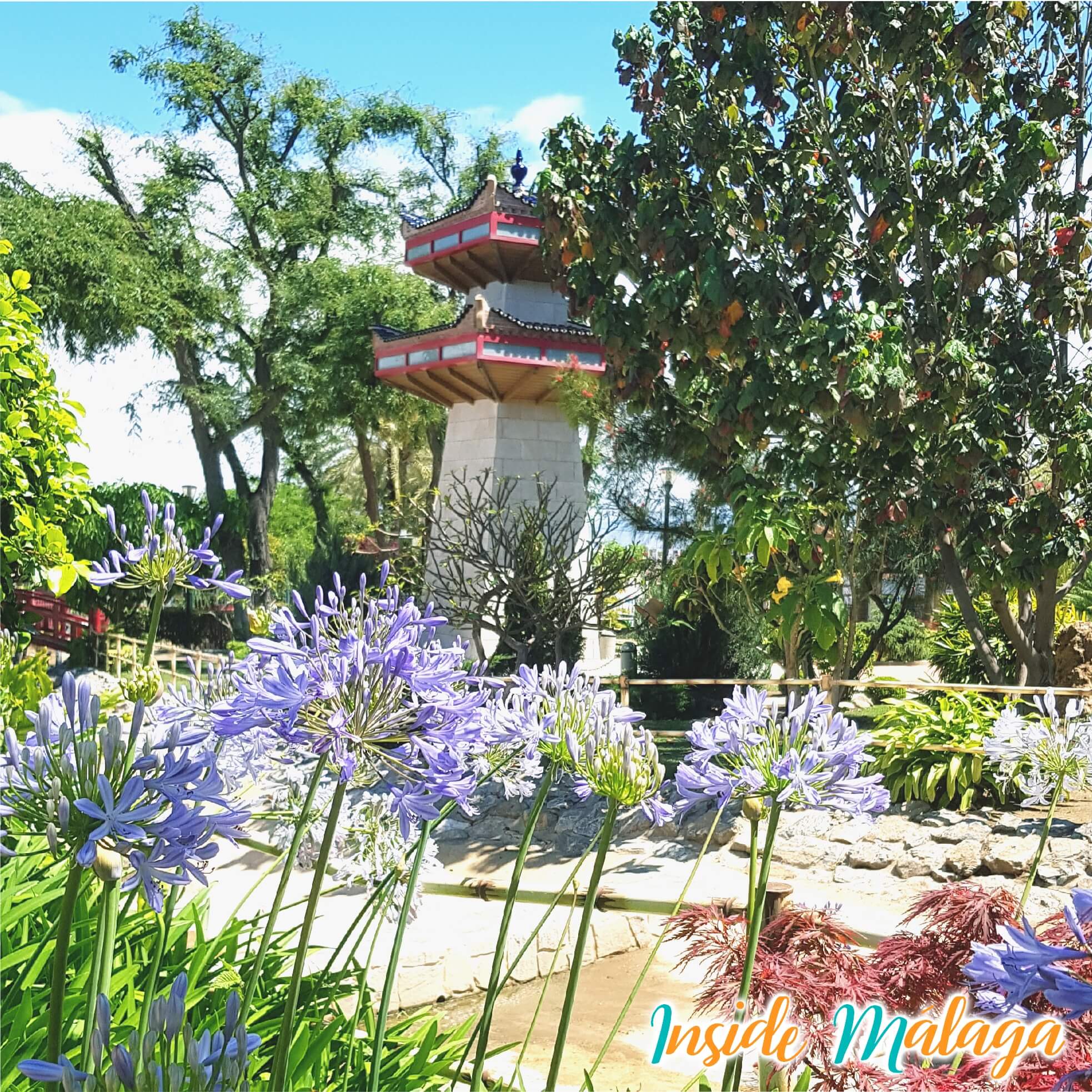Alhaurín de la Torre has all the elements of a modern town while preserving the town charm and the essence of Malaga.
Where is Alhaurín de la Torre located
Alhaurín de la Torre is located 19km from Malaga capital with a population of 40.345 inhabitants. The municipal term has a dimension of almost 83km square.
The origin of the name Alhaurín de la Torre
There are two theories:
– Of Arab origin meaning Garden of Allah.
– In the area resided the tribe of Berber origin called the Hawara, known as al-hawariyyin.
During the Nasrid Kingdom of Granada it was called Laulín or Alaolín. In 16th century documents they refer to Alhaurinejo which means the small Alhaurín to differentiate from the Alhaurín el Grande. In 1647 they already make official reference to Alhaurín de la Torre, although colloquially, Alhaurinejo continued to be used.
Denonym of the people of Alhaurín de la Torre
The inhabitants are called “alhaurino or alhaurina“.
Curiosities about Alhaurín de la Torre
The Governor of the state of Luisiana Bernardo de Gálvez, born in Macharaviaya, ordered the Hispanicization of the state of Louisiana (United States) with around 700 settlers, many of them originating from Alhaurín de la Torre.
Monuments and places of interest in Alhaurín de la Torre
- Church of San Sebastián: It is the only temple in the urban area of Alhaurín de la Torre, located at the Plaza de la Concepción. The first historical references date back to the mid-16th century, and the earthquake of 1680 affected the structure of the church. In the 19th century, the church began to be built as we know it today with a neoclassical style. Much of its heritage was destroyed during the Spanish Civil War.

- Hermitage of Santo Cristo del Cardón: A tradition tells that a miracle happened in the year 1484, during the Reconquest, in which a wooden painted Christ saved a Christian soldier from death
- Casa del Conde: The construction of the building dates from the 16th century, it was a large house in the center with a mill, tower and orchard. Later it was acquired by Regidor de Málaga Juan Contador and later by the Counts of Puertollano for specific visits. The facade as we currently see it is thanks to a remodeling of the 18th century. For centuries it has had various uses from school, church, justice of the peace and even the Spanish Falange. In 2019, the opening of the Andalusian Museum of Education is announced by the town hall, giving it a socio-cultural use respecting the appearance of its historical facade.
- Zapata Aqueduct: Also called the Fuente del Rey aqueduct built in the 18th century in the year 1727. The aqueduct and pipeline used to run between the Spanish municipalities of Malaga and Alhaurín de la Torre with a current length of approximately 3,500 meters.
- Hermitage of Alamillo: Hermitage that is located next to the “Venta” of Alamillo built in 1875. Where San Francisco de Paula and La Virgen de la Esperanza are venerated. Protector of the fields of Alhaurín, a procession goes in their name during times of drought to make prayers for rain.
- Albaicín Caves: There are a series of natural caves formed in the 12th century that were used by the first inhabitants after the reconquest of Malaga in 1487 that today is considered the Old Quarter. The caves are distributed throughout the interior of thirteen houses. Throughout the centuries caves have been used for different purposes: warehouses, storage rooms, stables, etc. They are currently studying and cataloging these wonders in the heart of the town.
- Monument to Manzanita: (Madrid, 1956 – Alhaurín de La Torre, 2004). Statue of the Spanish singer, known for his flamenco touches and nuances with a peculiar style for singing with a broken voice in the 80s, died in this town that this beautiful monument dedicates to him.
- Asian Oriental Garden: A beautiful and peculiar park with an oriental garden with Asian elements and ornaments built in 2011. A great place for a relaxed walk among oriental flowers and plants, or to go with children to the playground.

For more information about Alhaurín de la Torre Village: visit the City Council page
